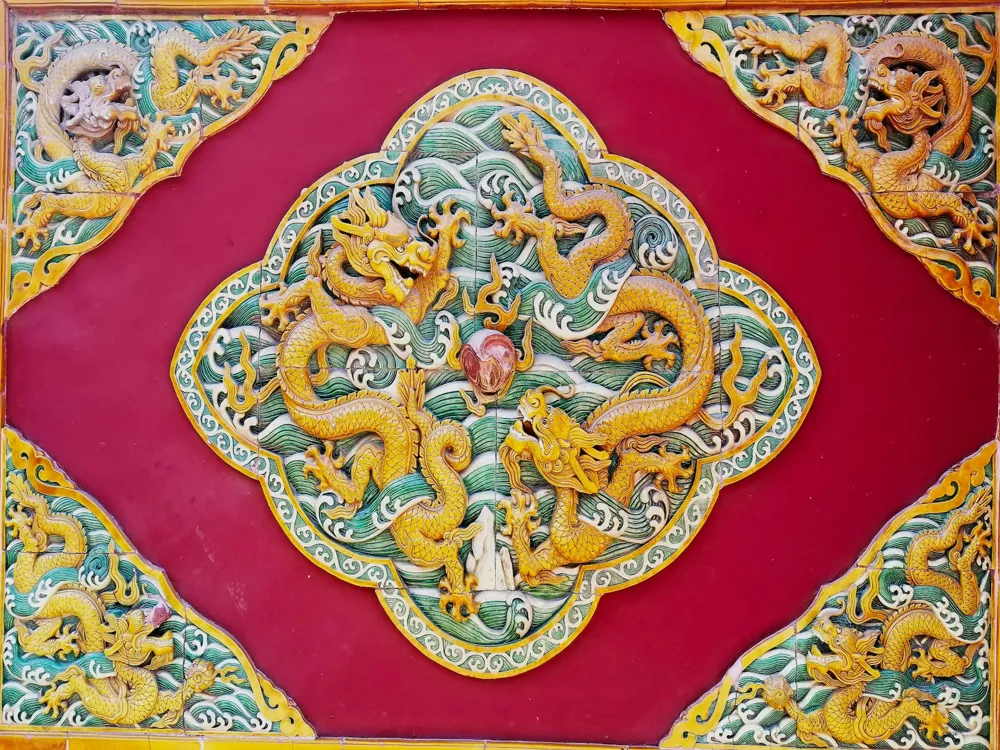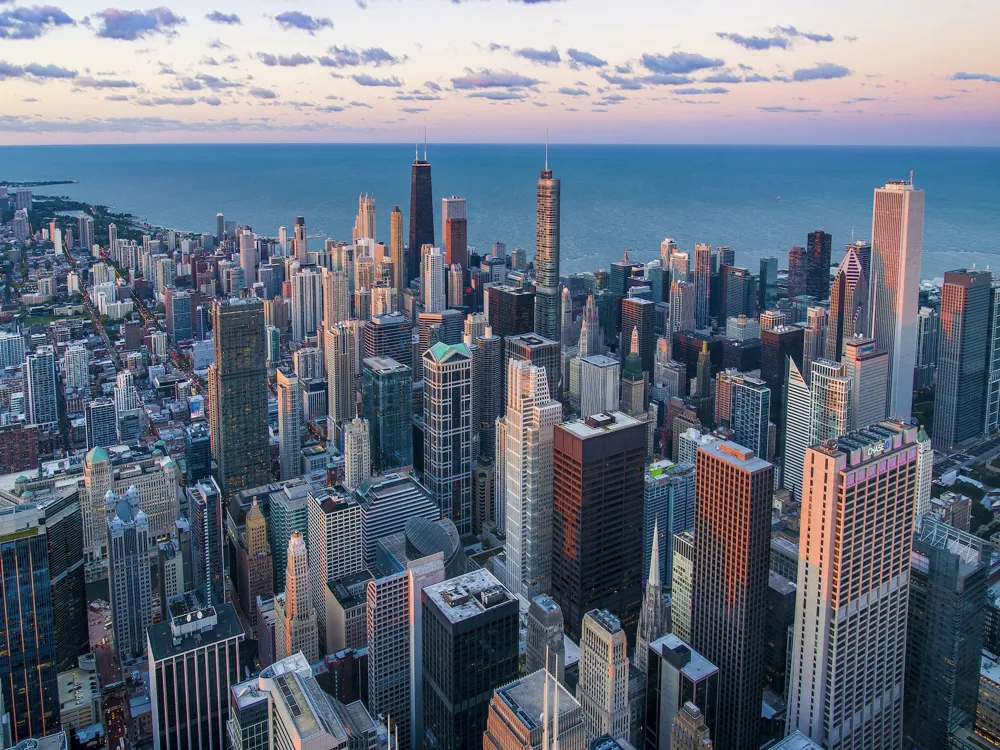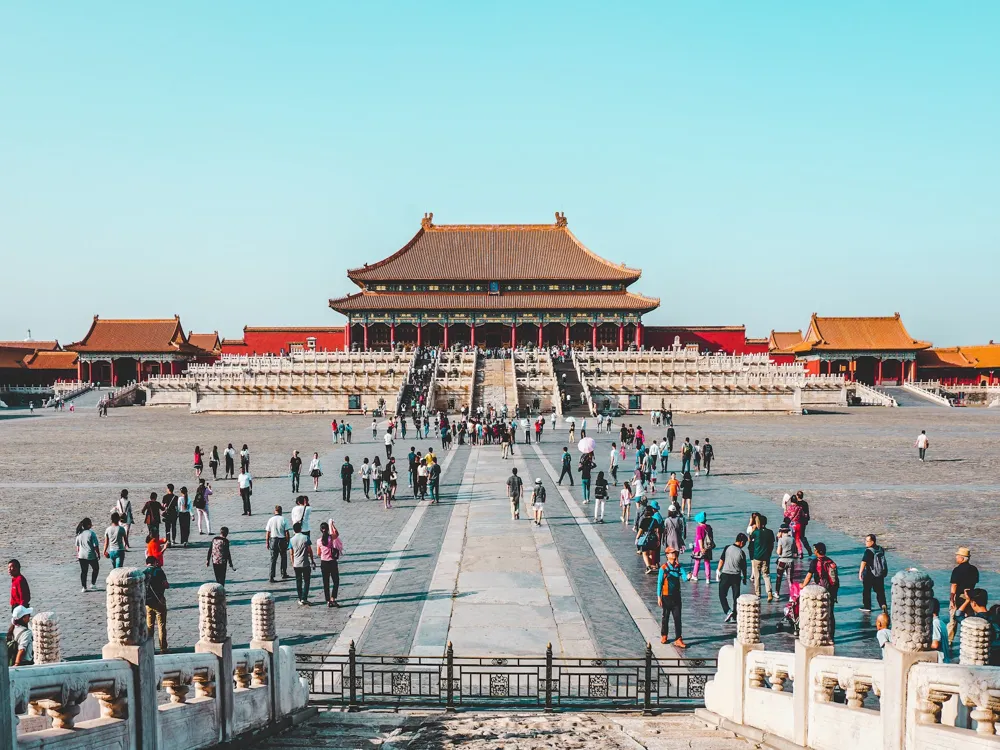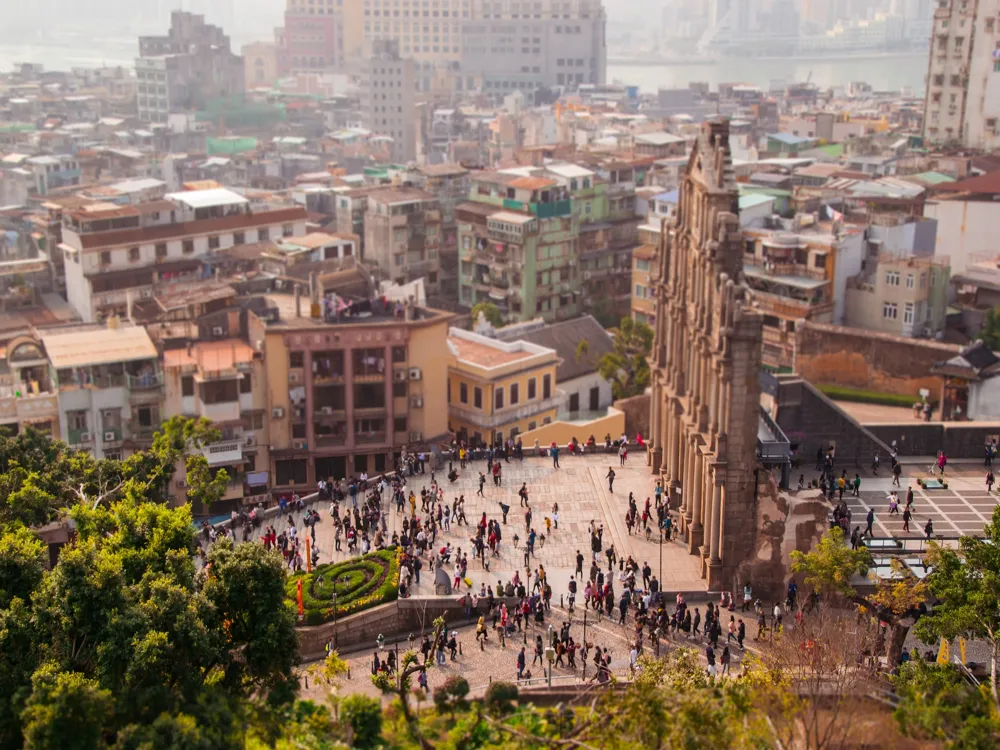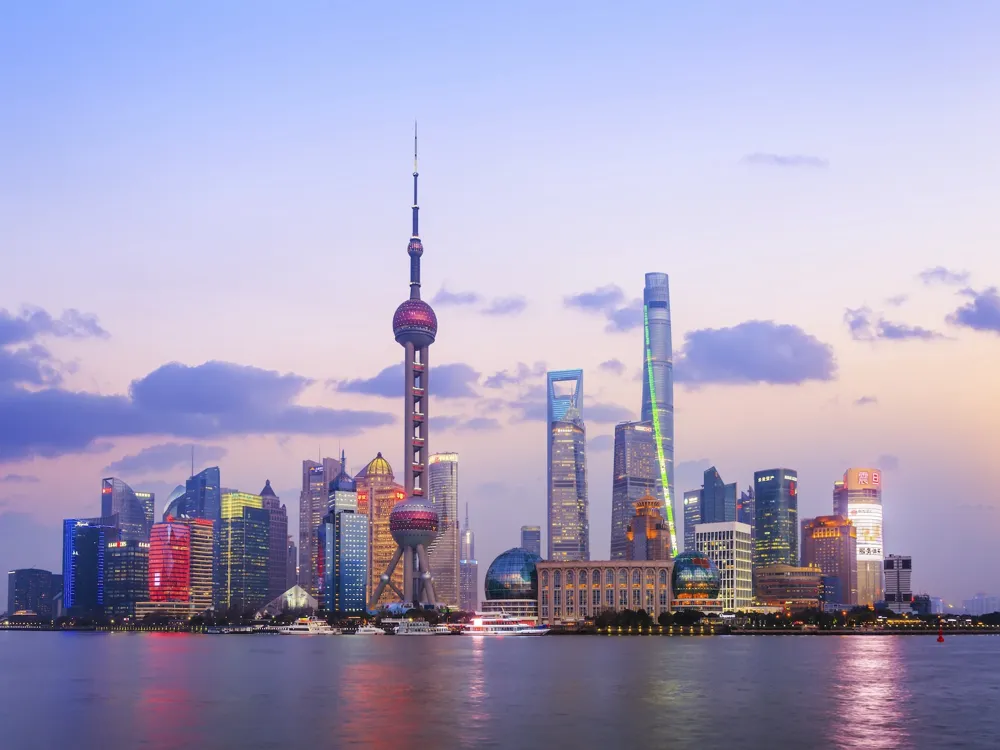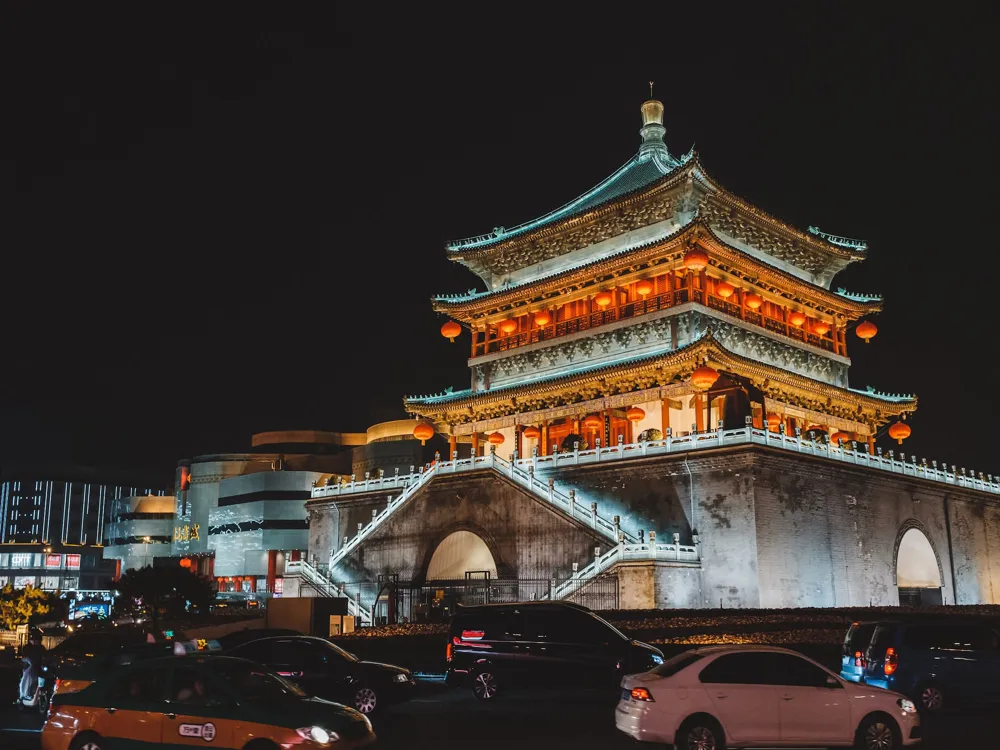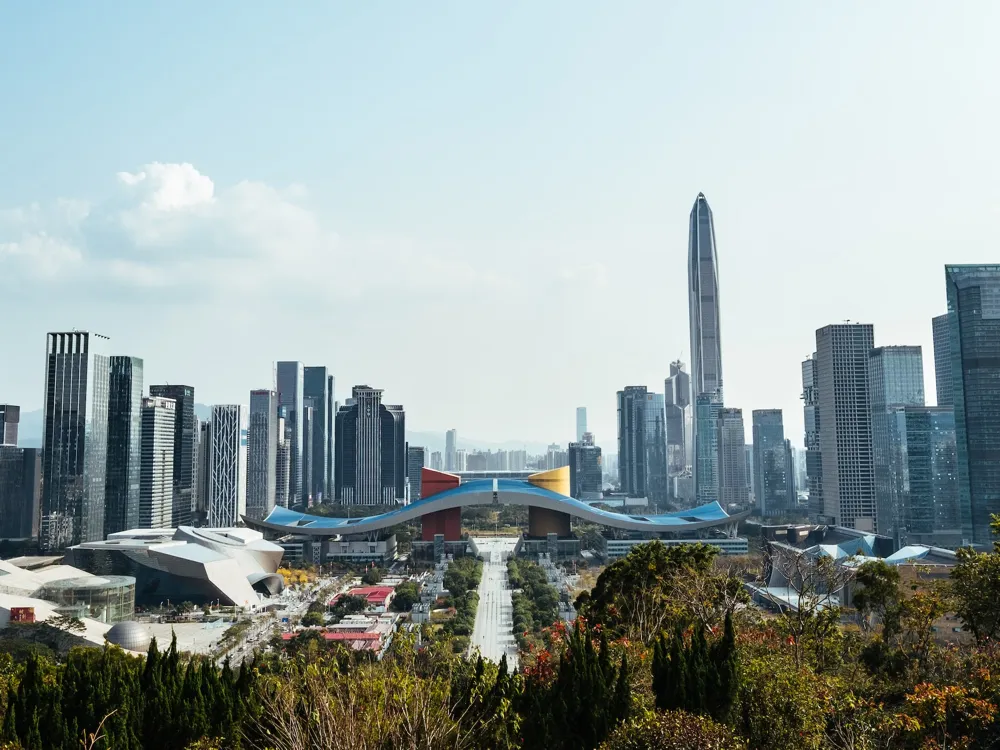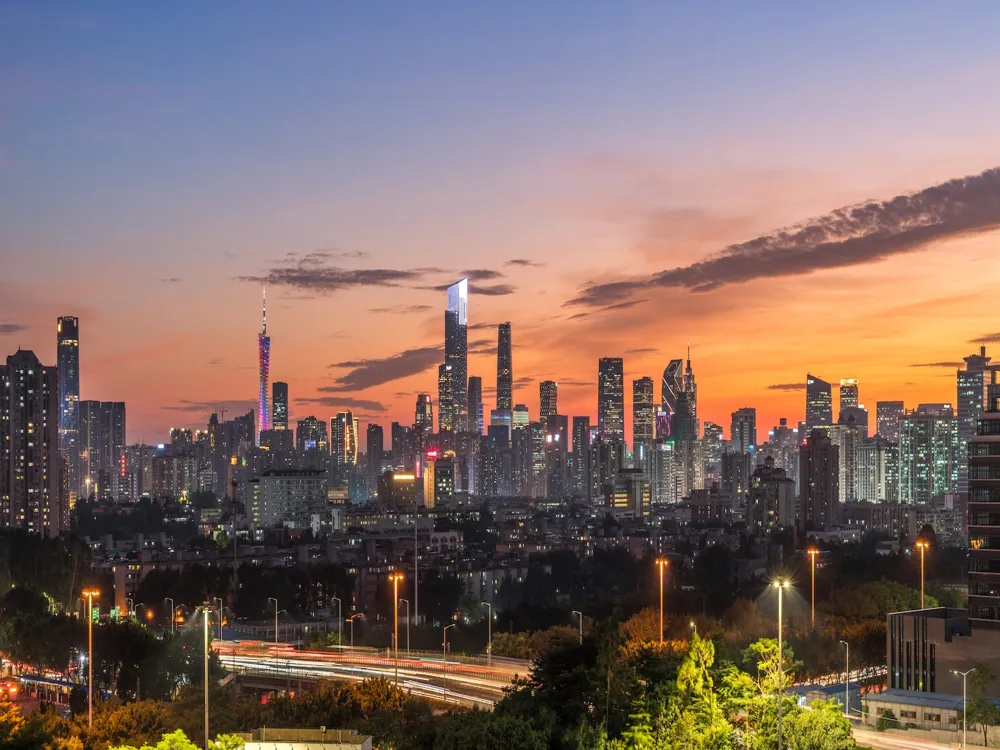Nestled in a serene valley north of Beijing, the Ming Tombs are a magnificent architectural ensemble, serving as the final resting place for 13 of the 16 emperors of the Ming Dynasty. This UNESCO World Heritage Site, spanning over 40 square kilometers, is an extraordinary testament to the Ming Dynasty's power and cultural richness. The site, chosen by the third Ming emperor, Yongle, is based on the principles of Feng Shui, ensuring harmony between heaven and earth. Surrounded by lush mountains, the tombs are interlinked by the Sacred Way, a path adorned with stone statues of animals and officials, symbolizing the journey to heaven. The Ming Tombs' architecture is a remarkable blend of solemnity and elegance, reflecting the philosophical and cultural values of the time. Each tomb is a self-contained unit, integrated seamlessly into the natural landscape. The layout typically includes a stone bridge, a gate, a stele pavilion, and the burial mound itself. The most famous of these tombs is the Changling Tomb, belonging to Emperor Yongle, known for its grandeur and intricacy. The design of these tombs influenced Chinese architecture for centuries, showcasing an advanced understanding of balance, symmetry, and geomancy. The Ming Tombs' architecture is an exquisite example of traditional Chinese funerary architecture. Each tomb complex comprises several buildings, including the Ling'en Gate, Ling'en Hall, and the Treasure City, all arranged in a linear axis from south to north. The architectural style of the Ming Tombs is characterized by its imperial grandeur and solemn beauty. Red walls, yellow glazed tiles, and elaborate stone carvings are prominent features, symbolizing imperial power and dignity. The Spirit Way, the approach to the tombs, is lined with stone statues of animals and dignitaries. These sculptures, both real and mythical creatures, are masterpieces of Chinese stone carving art and are believed to guard the tombs against evil spirits. The intricate design and layout of the tombs demonstrate a profound understanding of Confucian ideals, highlighting the importance of respect and remembrance for ancestors. Each tomb's design also reflects the personal achievements and characteristics of the emperors they house, making them not just burial sites but historical narratives etched in stone and earth. Spring and autumn are ideal for visiting the Ming Tombs, offering pleasant weather and fewer crowds. Avoid public holidays to escape the heavy tourist influx. Consider a guided tour to enhance your understanding of the tombs' history and architecture. Many tour guides offer insights that are not available in guidebooks. For the best photos, visit early in the morning or late in the afternoon for softer light. Tripods are allowed, but drones may require special permission. Remember to respect the cultural and historical significance of the tombs. Avoid loud noises and inappropriate behavior. Wear comfortable walking shoes and dress according to the weather, as there is a lot of ground to cover on foot. The Ming Tombs are located about 50 kilometers from downtown Beijing. Visitors can take public transportation, such as bus 872 from Deshengmen Bus Station, which directly reaches the tombs. Alternatively, taxis and private tours are available for a more comfortable journey. For those driving, the site is accessible via the Badaling Expressway. Parking is available near the entrance. Read More:Overview of Ming Tombs of Beijing
Architecture of Ming Tombs
Tips When Visiting Ming Tombs
Best Time to Visit
Guided Tours
Photography Tips
Respecting the Site
Comfortable Attire
How To Reach Ming Tombs
Ming Tombs
Beijing
NaN onwards
View beijing Packages
Weather :
Tags : Tombs & Mausoleums
Timings : 9:00 - 21:00 (Saturday - Sunday)
Entry Fee : Free
Planning a Trip? Ask Your Question
Beijing Travel Packages
View All Packages For Beijing
Top Hotel Collections for Beijing

Private Pool

Luxury Hotels

5-Star Hotels

Pet Friendly
Top Hotels Near Beijing
Other Top Ranking Places In Beijing
View All Places To Visit In beijing
View beijing Packages
Weather :
Tags : Tombs & Mausoleums
Timings : 9:00 - 21:00 (Saturday - Sunday)
Entry Fee : Free
Planning a Trip? Ask Your Question
Beijing Travel Packages
View All Packages For Beijing
Top Hotel Collections for Beijing

Private Pool

Luxury Hotels

5-Star Hotels

Pet Friendly







